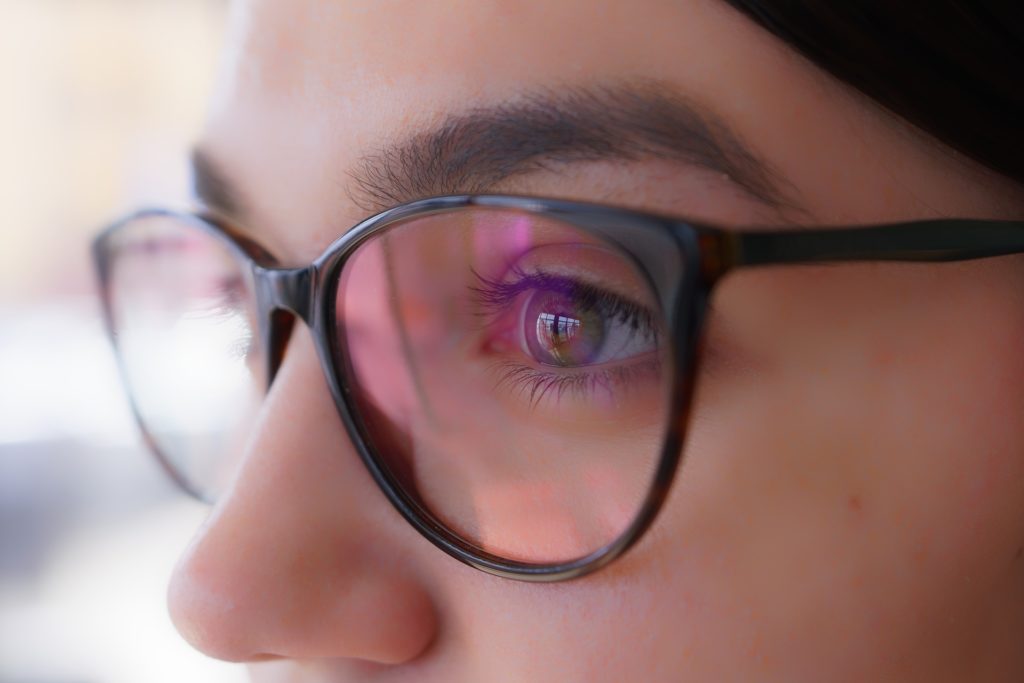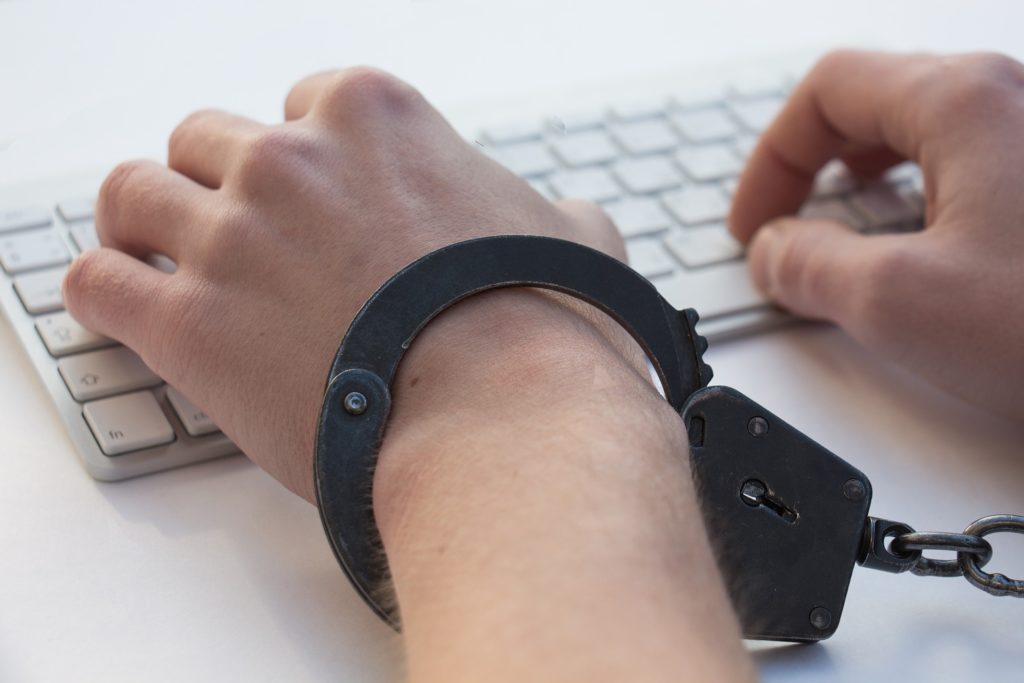Table of Contents
We discuss the risks with today’s hot tech trend and lay out what you can do to increase your chances of staying safe.
What, Exactly, is Virtual Reality?
Virtual Reality is an immersive gaming experience. The homebound version generally requires wearing a headset and using a set of handles or a controller in the game. VR game requirements can vary; some must be played standing, while others like roller-coaster simulators are better experienced sitting down.
With first the Oculus, and now other devices such as the HTC and the PSVR, virtual reality is no longer an arcade-only experience. Rhythm games, simulations, adventures, and more have captivated a large audience with new experiences.
But not everyone is captured by the fun or love of the game. Health workers and family members have stepped forward to voice their concerns about the gaming style. To answer, we’re going to delve into what risks exist– and how you can hopefully mitigate them to get the best experience.
As a disclaimer, VR isn’t for everyone. Some folks don’t enjoy it, whereas others have issues with the style, and that’s ok! There are plenty of other avenues for gaming.
With that out of the way, let’s talk VR safety guidelines.
Clear a Safe Space to Play VR
With fast-paced games that require a lot of attention and motion, like Beat Saber, it can be pretty easy for gamers to lose track of their play area. You also want to ensure plenty of space in case someone gets cyber sick and needs to get out of the VR and sit or lie down. Some VR sets need to be wired into a console or PC, so gamers should also be aware of how their cords are laid out during play and stored.
“While wearing the product’s headset you are blind to the world around you,” warns HTC Vive’s safety pamphlet. “Do not rely on the product’s chaperone system for protection.” (HTC VIVE, 2022).
A lot of factors can contribute to accidents; falls tend to be the most common. In addition to clear space and a contingency for cybersickness, gamers should follow all safety protocols laid out in their system’s safety guidelines.
Lastly, gamers need to be aware of their body. VR should stay on the shelf if the player is experiencing soreness or pain. Repetitive Stress Injuries are a concern in all forms of gaming– even all forms of work or play. Be aware of what your body is telling you, and let it take a break when needed.
Health Concerns for VR Gamers
Physical injury isn’t the only concern for gamers. Some have raised concerns regarding the health effects of playing in VR, from motion sickness to seizure concerns and more. With many of these topics, more research is needed to draw definitive conclusions. But it’s good to be aware of the risks and what to watch for.
VR Cybersickness

Cybersickness is similar to motion sickness with a few unique symptoms. Immersive VR games can lead to feelings of nausea, dizziness, disorientation, and loss of spatial awareness. The intensity and duration vary per individual– some find they still wish to play VR with a bit of discomfort, while others shun the gaming systems.
Some find that they can reduce the effects of cybersickness through game settings, such as adjusting the Field of View (FOV) or head bob camera settings. The Department for Business, Energy, and Industrial Strategy in the UK published a literature review covering the inherent health risks of VR, in which they included tips for reducing cybersickness:
- “Decrease the mismatch between visual senses and the body’s positional sensors by stimulating muscles to produce artificial sensations of movement.
- Introduce a depth of field (DoF), which is the range of distance in which an image appears acceptably sharp. This overcomes the issue with most systems where the entire field of vision is in focus.
- Undertake oculomotor and hand-eye coordination exercises prior to use of VR.
- Take breaks of 10 to 15 minutes when using VR. It has been suggested that breaks should be taken after between 15 and 30 minutes of use, but further research is needed on this.
Regular use of VR (habituation), although these effects plateau after prolonged exposure.
Seizure Risks while using Virtual Reality

All virtual reality games, and video games on the whole, list warnings regarding seizures. Some games are riskier than others, especially for photosensitive players, but all games carry the risk. It’s important to note that even someone who has not had a seizure before could, at any time, seize or develop a condition that leads to seizing. Be aware of unusual muscle spasms and ensure you’re playing in a clear, safe space.

Two things to keep in mind, here: VR headsets are placed right in front of your eyes, but there is not enough research on the long-term effects of VR on eyesight. However, instances of eyestrain, trouble focusing, depth perception issues, nearsightedness, and migraines have all been potentially linked to Virtual Reality. The UK literature review mentioned previously was written as recently as 2020 and notes more research is needed, and even 2022 sources covering the topic didn’t have enough research to come to a firm conclusion. However, everyone can agree that it’s best not to drive after playing a VR game and one should be aware of any changes in their eyesight that persist.
Are there risks for Depersonalization and Disassociation for Virtual Reality users?

Yes, VR can lead to an increase in depersonalization or disassociation, especially if it’s a pre-existing issue; however, research shows that it may also be a valid treatment for depersonalization disorder. Additionally, preliminary studies are finding that nonclinical dissociation in VR can lead to enhanced working memory and attention and may lead to new exposure treatments for disorders such as anxiety.
Can you become addicted to VR?

Bring up ‘addiction’ to gamers, and you might find a lot of heavy sighs and eye-rolling. While it’s true that a lot of innocent behaviors are often misidentified or addiction is used as an argument against a beloved hobby, such a disorder does exist– it’s considered a behavioral addiction. It’s important to know what to watch for regarding addictive behaviors. Luckily, Omega Recovery, based out of Texas, puts together a simple list. While this list is not meant for diagnoses, it gives an idea of what can signal addiction to help gamers get a head start on getting help to know for certain if they have an addiction and how to help it.
VR gaming addiction falls under the category of behavioral addiction. Like with all other addictions, regardless of adverse consequences, the use of the substance/thing continues.
“What sets an addiction apart from a non-harmful activity or hobby is the signs that the quality of life that a person is experiencing is now suffering because of their engagement and use of the substance/thing. Some of the addictive behavior qualities that you might experience or see in a loved one are as followed:
- Not performing tasks or obligations that need to be done
- Ignore any issues that have arisen as a result of video games.
- No want to engage with family or friends ‘offline’ or ‘face-to-face.’
- A strong feeling of frustration when you are unable to participate in the activity.
Are there Hearing Risks for VR Users?

As with any electronic device that goes over your ears, it’s important to maintain a safe volume level. The recommendation is that you should be able to hear people in the same room talking and make out what they’re saying, if quietly. Raising the volume too high can cause permanent damage and hearing loss.
Be Vigilant
As the old saying goes, “An ounce of prevention is worth a pound of cure.” Many of the above issues can be mitigated by playing in a safe environment, following guidelines from manufacturers and medical professionals, and being aware of your own body and temperament. Every activity comes with risks, but knowing what to watch for can help minimize any damage done. Remember: when in doubt, seek care from a medical professional. If someone is injured or has a medical issue playing VR, don’t hesitate to call emergency services. Have fun, but stay safe.
REFERENCES:
- http://dl4.htc.com/vive/safty_guide/91H02887-08M%20Rev.A.PDF?_ga=2.173768739.1243176977.1512597498-873853515.1509739956
- https://assets.publishing.service.gov.uk/government/uploads/system/uploads/attachment_data/file/923616/safety-domestic-vr-systems.pdf
- https://pubmed.ncbi.nlm.nih.gov/20712501/#:~:text=Results%20indicate%20an%20increase%20in,result%20of%20exposure%20to%20VR.
- https://pubmed.ncbi.nlm.nih.gov/20712501/
- https://pubmed.ncbi.nlm.nih.gov/34390559/
- https://pubmed.ncbi.nlm.nih.gov/22149026/
- https://pubmed.ncbi.nlm.nih.gov/23398927/
- https://pubmed.ncbi.nlm.nih.gov/18271709/
- https://omegarecovery.org/vr-gaming-addiction-how-virtual-reality-can-make-video-game-addiction-even-more-addicting/





